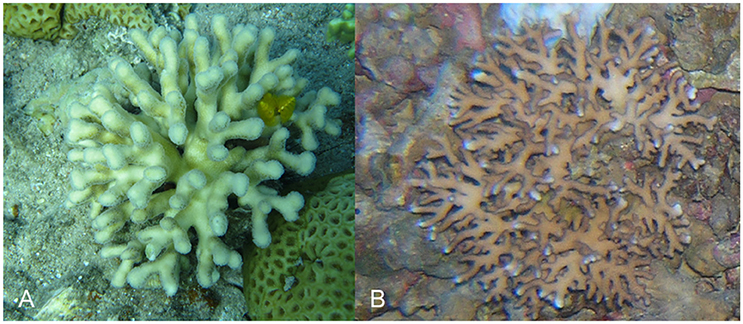A new study published in the journal Frontiers in Marine Science found that photosynthetic algae in corals which inhabit mesophotic reefs have a never-before seen adaptation to life in the twilight zone. Researchers found that the Symbiodinium spp. algae responsible for powering photosynthesis were able to conduct photosynthesis more efficiently than algae species at shallower depths.
“It’s unlike anything we’ve seen on land, or anything we’ve even seen in the shallow reefs,” said David Gruber, a marine biologist at the City University of New York and one of the researchers on the study.
Photosynthesis
Inside corals, symbiotic algae called Symbiodinium provide oxygen and energy from photosynthesis in exchange for nutrients and protection. For shallow dwelling corals, this exchange happens freely. However, below 130 feet (40m) the sunlight is greatly diminished reducing capacity for photosynthesis.
Also as you descend light energy is absorbed and wavelengths narrow until only blue light remains. Beyond 330 feet (100m) only 1 percent of the sunlight above can reach below. This low light environment impacts corals photosynthetic and calcification rates. As corals move deeper their method for energy production shift to azooxanthellate corals which rely entirely on capturing food, without the ability to photosynthesize.
![Schematic model of the organization of the photosynthetic apparatus in shallow (top) and mesophotic/deep (bottom) corals. [Fronteir]](https://reefbuilders.com/wp-content/blogs.dir/1/files/2016/10/Photosynthesis-mesophotic-reefs.jpg)
Light-harvesting antennas
On land and in the water, plants use cellular structures called light-harvesting complexes, or photosynthetic antennas, to capture photons (particles of light). In dim forests on land, plants in the underbrush evolve very large antenna complexes to capture every drop of light, Gruber said.
It might make sense for algae living in the mesophotic zone to build huge photosynthetic antennas. But that’s not what researchers found. In fact, when Gruber and colleagues from the Hebrew University of Jerusalem and the University of Haifa, both in Israel, analyzed the deep-living algae, they found that the algae antenna structures were actually smaller than that of shallower Symbiodinium algae.
A new type of symbiont
The researcher looked at Symbiodinium algae in Stylophora pistillata colonies from 10 feet (3m) down to 213 feet (65m), finding a significant difference between shallow and deep water symbionts. They found the light harvesting antenna in mesophotic Symbiodinium had an increase of photosynthetic units per cell, and an increase in the effective antenna size—antenna pigments per photosynthetic unit.
Over the course of four years of diving, the team took samples of deep-reef corals and transferred them to shallow environments, and took shallow corals and transferred them to deeper areas. They did this slowly, moving the corals only 16 feet (5 m) every two weeks.
What they found was that the corals collected in water depths of about 10 feet (3m) could hang on to life at 213 feet (65m). Corals from the deep, however, couldn’t survive at shallow depths. They lacked the natural compounds that protect corals from the sun’s damaging ultraviolet light.
The different symbiont population discovered at mesophotic depths hints that it diverged from shallow population to provide an adaptive advantage. These results prompted a closer mechanistic look at the differences in the function of the photosynthetic apparatus.




